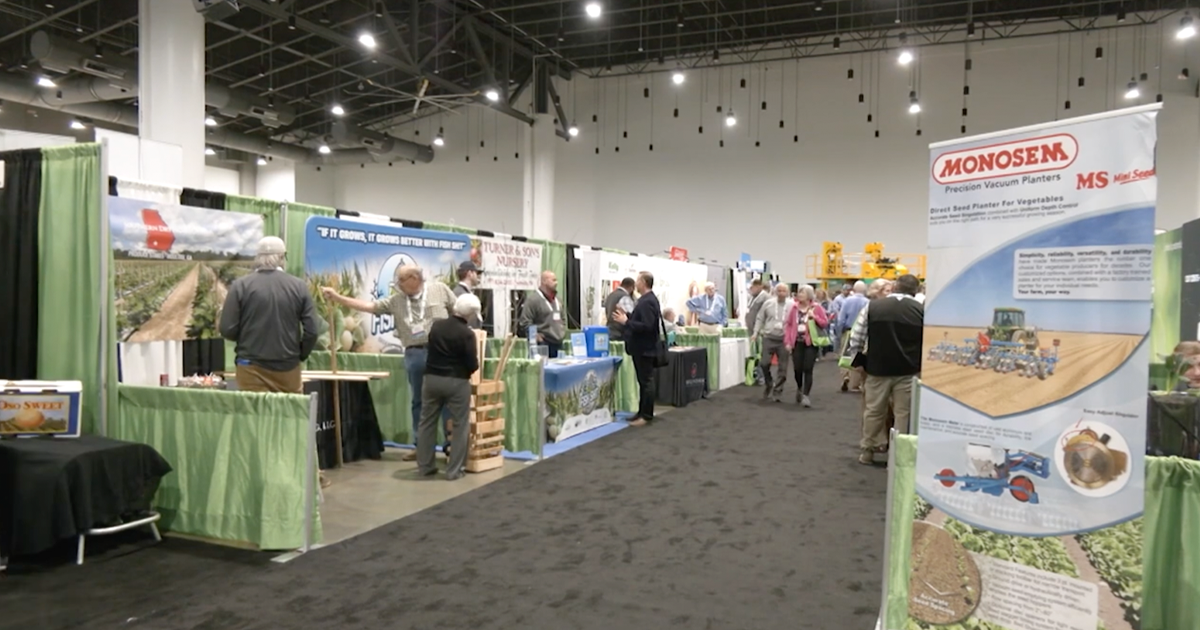Savannah, GA |
Georgia is home to the world-famous Vidalia onion, is one of the top blueberry producers and is, of course, known as the Peach State. So, with and fruits and vegetables being such big business, keeping up to date on the constantly evolving industry is a tall task and the main goal of the annual Southeast Fruit and Vegetable Conference in Savannah.
“The principles of growing fruits and vegetables have been established since time. But the regulatory policies and science and technology that is needed to run a successful and profitable fruit and vegetable industry is ever changing. So, being able to come to a conference as a collaborative, fresh produce industry and learn together, fight together, advance the science together is the only way we are going to be able to continue to have a bright future in the southeast,” says Beth Oleson, Director of Food Safety and Education for the G.F.V.G.A.
While each commodity has their own set of unique challenges, there are certain issues that are far reaching.
“Fruit and vegetable growers continue to be challenged by two primary issues. One is labor and the ability to have a stable and documented labor force. The second would be trade issues. We continue to see a surge in imports coming primarily from Mexico and other South American countries that are coming in often at or below our cost of production. So, we’ve got to find a way to level that playing field for American growers,” says Chris Butts, Executive Director of the G.F.V.G.A.
That means producers must adapt and grow with the times, which makes the more than one hundred informational sessions invaluable.
“How can I move from a large scale commercial production into large scale organic production? We’re talking through different ways to integrate robotics and precision agriculture just to make things more streamline. Then we’re also talking through fumigation, pesticide updates, regulatory updates. So we’re covering from A to Z, so we have it going on,” says Oleson
That applies for the trade show as well, where a record number of visitors got an up-close look at the latest technology that shapes the industry.
“We kind of call it seed to shelf, everything from supplies for growers to grow their crops to machines for harvesting, packaging, and mechanization to the chemicals and other inputs that we provide. It’s really a one stop shop for growers to come and form new relationships but also strengthen relationships they have with existing suppliers and exhibitors,” says Butts.
Having the right information and relationships is more important than ever, especially during this trying time.
“Our trends right now are how can we do more with less. We continue to have record input costs and inflation, so growers are looking to sharpen their pencil and sharpen their tools so to speak, so that they can increase yields, hopefully lower some of those input costs and have a better bottom line at the end of the day,” says Butts.
By: Damon Jones

